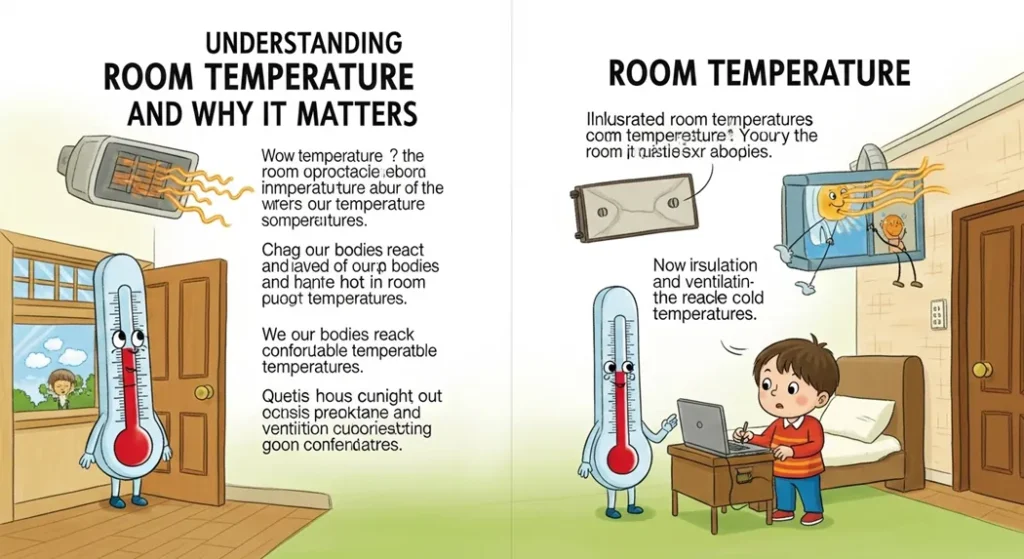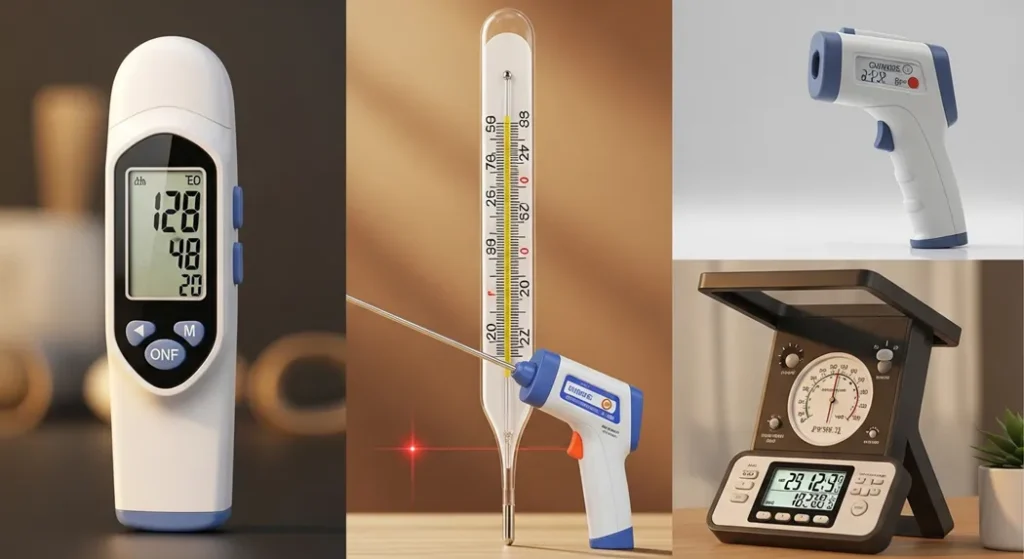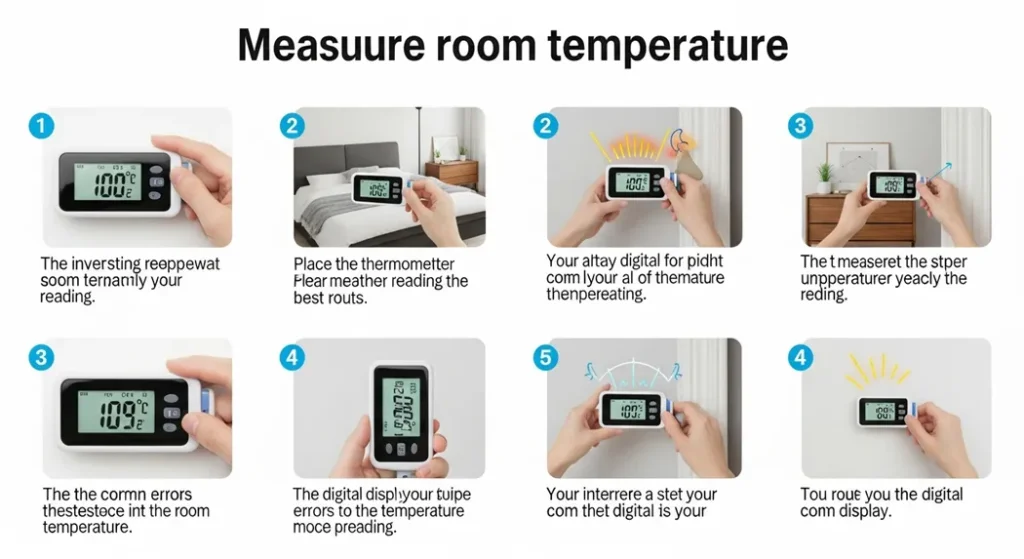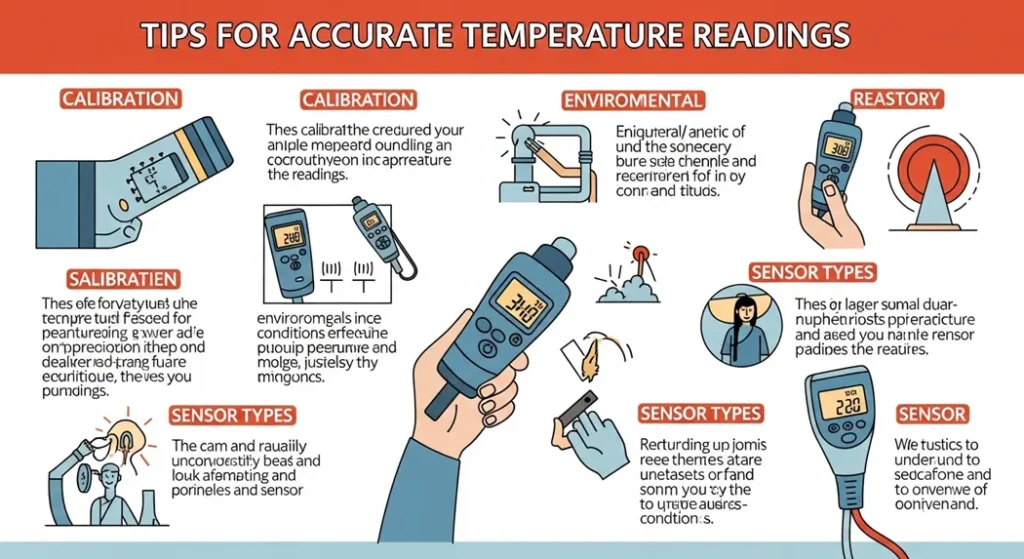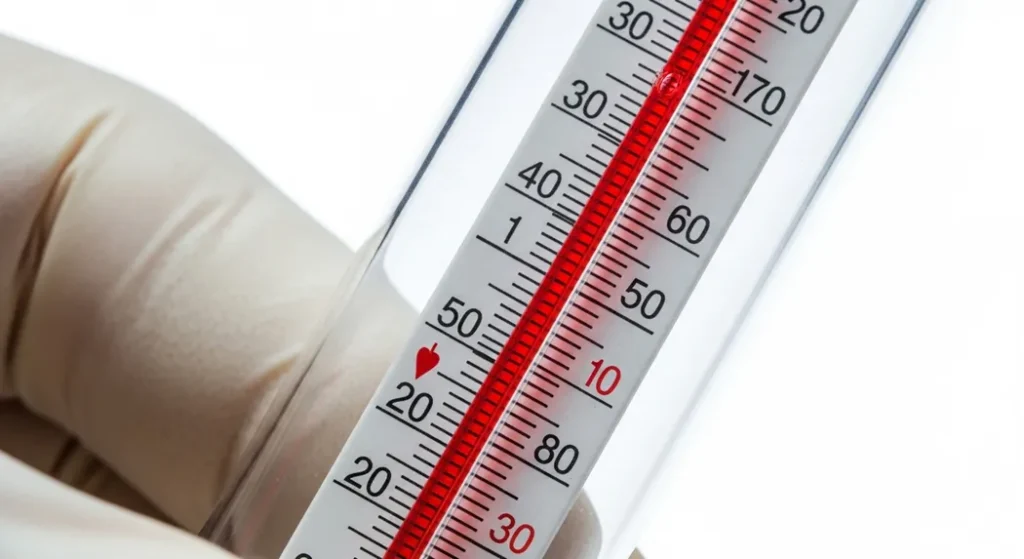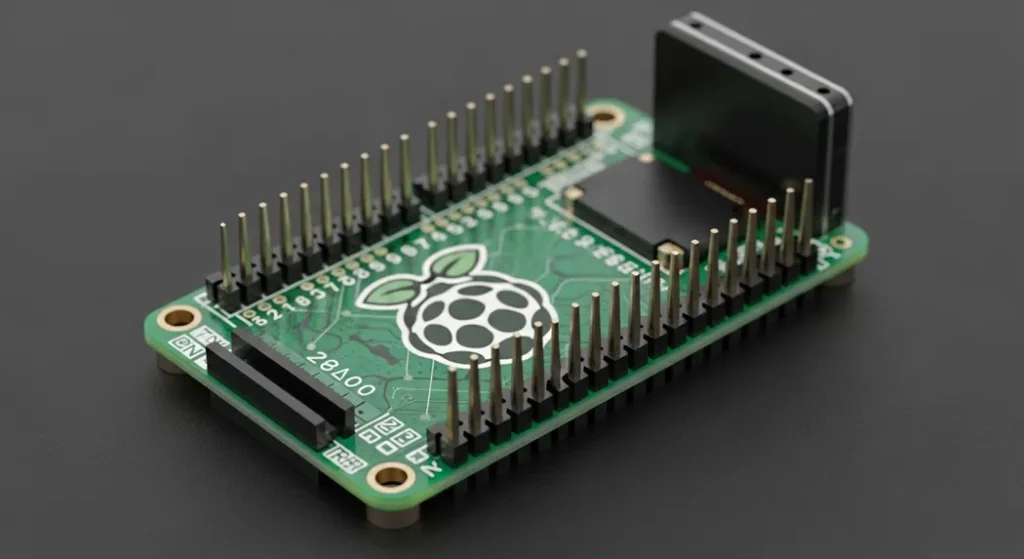Measure Room Temperature
Knowing how to measure room temperature accurately is essential for maintaining comfort, optimizing energy use, and ensuring the well-being of occupants in homes, offices, or classrooms. Whether you’re a homeowner, a renter, or simply curious about your indoor environment, this guide provides actionable, expert-backed methods and tools to measure room temperature effectively. From traditional thermometers to smart apps, we’ll explore the best techniques, address common questions, and provide practical tips to ensure precise results in 2025.
This comprehensive guide is designed to help you understand the tools, methods, and best practices for accurate temperature measurement, incorporating insights from scientific standards and user-friendly solutions. Let’s dive into the essentials of room temperature measurement.
Understanding Room Temperature and Why It Matters

Room temperature typically ranges between 20°C and 25°C (68°F to 77°F), depending on climate, season, and personal preference. Measuring it accurately helps you:
- Optimize Comfort: Ensure your living or working space feels just right.
- Save Energy: Adjust heating or cooling systems to avoid overuse.
- Protect Health: Maintain safe temperatures for vulnerable groups like infants or the elderly.
- Support Equipment: Keep electronics and appliances within safe operating temperatures.
Tools to Measure Room Temperature

Choosing the right tool is critical for accurate temperature readings. Below are the most effective options available in 2025, including traditional and modern devices.
1. Digital Room Thermometers
Digital thermometers are reliable, affordable, and widely available. They provide precise readings and often include features like humidity measurement.
- Why Use It: Easy to read, accurate within ±0.5°C, and portable.
- Best Models: Brands like ThermoPro and Govee offer models with LCD displays and wireless connectivity.
- Tip: Place the thermometer away from heat sources (e.g., radiators, windows) for accurate readings.
2. Smart Thermometers and Sensors
Smart devices connect to your phone or home automation systems, offering real-time monitoring and data logging.
- Why Use It: Track temperature trends over time and integrate with smart home systems like Alexa or Google Home.
- Best Models: SensorPush, Xiaomi Mijia, or Nest Temperature Sensor.
- Tip: Use apps like SensorPush to monitor temperature remotely via Wi-Fi.
3. Smartphone Apps for Room Temperature
Apps like “Room Temperature App” or “Thermometer++” claim to measure ambient temperature using your phone’s sensors. However, most smartphones lack built-in ambient temperature sensors, so accuracy depends on external devices or weather APIs.
- Why Use It: Convenient for quick checks if paired with a compatible sensor.
- Limitations: Phones may measure internal battery temperature (e.g., “battery temperature too low”) rather than room temperature.
- Tip: Pair with a Bluetooth thermometer for better results.
4. Analog Thermometers
Traditional mercury or alcohol-based thermometers are less common but still effective for basic measurements.
- Why Use It: No batteries required, durable for long-term use.
- Safety Note: Modern thermometers use alcohol instead of mercury due to toxicity concerns (e.g., “do digital thermometers have mercury?”—they don’t).
- Tip: Calibrate regularly to ensure accuracy.
5. Wall-Mounted Thermometers and Clocks
Devices combining temperature, humidity, and time displays are popular for home use.
- Why Use It: Multifunctional and aesthetically pleasing.
- Best Models: AcuRite or La Crosse Technology offer reliable options.
- Tip: Mount at eye level, away from vents or sunlight.
Step-by-Step Guide to Measure Room Temperature Accurately

Follow these steps to ensure precise measurements, whether using a thermometer, sensor, or app.
- Choose the Right Tool: Select a digital or smart thermometer for the best accuracy. Avoid relying solely on phone apps without external sensors.
- Position the Device Correctly:
- Place the thermometer in the center of the room, at least 1 meter above the floor.
- Avoid direct sunlight, heat sources (e.g., radiators, ovens), or cold drafts (e.g., near windows or AC vents).
- Allow Stabilization: Let the device sit for 10–15 minutes to adjust to the ambient temperature.
- Take Multiple Readings: Measure at different times of the day to account for fluctuations (e.g., morning vs. evening).
- Record and Compare: Use a smart device to log data or manually note readings for consistency.
- Calibrate if Needed: Check your device’s manual for calibration instructions, especially for analog thermometers.
Pro Tip: For rooms with air conditioning, measure near the AC’s return vent to understand the cooling efficiency (e.g., “AC room temperature sensor”).
Common Questions About Room Temperature Measurement
What is room temperature in celsius
The standard room temperature is typically 20°C to 25°C (68°F to 77°F). The exact value depends on personal comfort and regional standards (e.g., NIST guidelines suggest 22°C as ideal for offices).
How Do I Convert Fahrenheit to Celsius?
To convert Fahrenheit to Celsius, use the formula:
C = (F – 32) × 5/9
For example:
- 68°F = (68 – 32) × 5/9 = 20°C
- 98.6°F = (98.6 – 32) × 5/9 ≈ 37°C
Can I Measure Room Temperature with My Phone?
Most smartphones don’t have ambient temperature sensors, so apps like “room temperature app for Android” rely on external weather data or Bluetooth thermometers. For accurate results, pair your phone with a device like the Govee H5075.
Do Digital Thermometers Contain Mercury?
No, modern digital thermometers use sensors (e.g., thermistors) and do not contain mercury. Older glass thermometers may contain alcohol or, rarely, mercury (e.g., “how much mercury is in a thermometer” is a common concern).
What is the Room Temperature in fahrenheit ?
Room temperature in Fahrenheit is typically between 68°F and 72°F. This is considered the comfortable range for most indoor environments.
At What Temperature Are Celsius and Fahrenheit the Same?
Celsius and Fahrenheit scales meet at -40°C = -40°F, as calculated by the formula: F = (C × 9/5) + 32.
Tips for Accurate Temperature Readings

- Avoid Common Mistakes: Don’t place thermometers near windows, doors, or electronics, as these can skew readings.
- Check Calibration: Calibrate your device annually using a reference thermometer or ice bath (0°C).
- Monitor Humidity: Devices like “room temperature and humidity meter” provide a fuller picture, as humidity affects perceived temperature.
- Use Multiple Devices: Cross-check readings with two thermometers to ensure consistency.
- Update Firmware: For smart thermometers, keep the firmware updated for optimal performance.
Why Accurate Measurement Matters in 2025
With rising energy costs and climate concerns, precise room temperature measurement is more important than ever. Smart thermostats and sensors can reduce energy bills by up to 10–15% (source: U.S. Department of Energy). Additionally, maintaining optimal temperatures supports health, especially for those sensitive to heat or cold.
Interesting Fact: Did you know that room temperature affects sleep quality? Studies from the National Sleep Foundation suggest that 16–20°C (60–68°F) is ideal for restful sleep, yet many bedrooms exceed this range due to poor ventilation.
Recommended Thermometers for 2025
Based on user reviews and performance, here are top picks:
- ThermoPro TP50: Affordable digital thermometer with humidity readings ($15).
- Govee H5075: Bluetooth-enabled sensor with app integration ($30).
- AcuRite 00986M: Wall-mounted thermometer with clock and humidity ($25).
- SensorPush HT1: Wireless smart sensor for remote monitoring ($50).
- La Crosse Technology WS-1025: Outdoor and indoor temperature display ($40).
Note: Prices are approximate and based on 2025 market trends.
Visualizing Temperature Measurement

To enhance understanding, consider creating an infographic showing:
- Types of thermometers (digital, analog, smart).
- Ideal placement zones in a room.
- Conversion chart for Celsius to Fahrenheit.
Conclusion
Measuring room temperature accurately in 2025 is easier than ever with a range of tools, from digital thermometers to smart sensors. By choosing the right device, positioning it correctly, and following best practices, you can ensure precise readings for comfort, energy efficiency, and health. Whether you opt for a budget-friendly ThermoPro or a high-tech SensorPush, the key is consistency and proper placement.
Call to Action: Share your favorite temperature measurement tips in the comments! Have a smart thermometer you love? Let us know how it’s working for you.
FAQ
What is the best tool to measure room temperature?
Digital thermometers like ThermoPro TP50 or smart sensors like Govee H5075 offer the best balance of accuracy and affordability.
What is room temperature
Room temperature refers to the range of air temperatures that are considered comfortable for most indoor settings. It typically falls between 20°C (68°F) and 22°C (72°F). However, it can vary slightly depending on the context or location, but this general range is commonly accepted for standard living or working environments.
Can I check room temperature online?
Online tools provide estimates based on weather data, but for accurate indoor readings, use a dedicated thermometer or sensor.
How do I know if my thermometer is accurate?
Calibrate it using an ice bath (0°C) or compare it with a certified reference thermometer.
What is the standard room temperature in Kelvin?
Room temperature (20–25°C) converts to 293–298 K. Use the formula: K = C + 273.15.
Why is my phone’s temperature app inaccurate?
Phones typically measure internal battery temperature, not ambient conditions, unless paired with an external sensor.
Author Bio:
This Post Author is a climate control specialist with over 10 years of experience in environmental science. She holds a relevant from and has published research on indoor air quality.
External Links:


